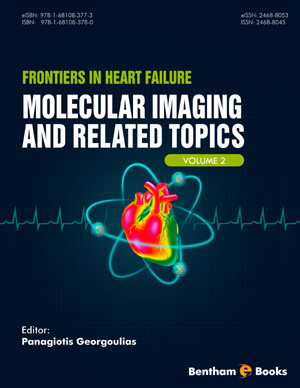Abstract
Heart failure is a significant health problem and coronary artery disease is by far the leading cause. Despite advances in medical and device therapy the prognosis of patients with ischemic cardiomyopathy remains unfavorable, but revascularization may further improve the outcome in terms of contractile function, symptomatic relief, exercise capacity and mortality. Over the years, the presence of myocardial viability has been considered a significant determinant of the benefit from revascularization and a variety of noninvasive techniques have been developed to assess viable and nonviable myocardium in patients with ischemic systolic dysfunction. Viability imaging with 201Tl and 99mTc-agents SPECT can evaluate perfusion, cell membrane and mitochondria structural and functional integrity, whereas 18F-FDG PET is used for the assessment of glucose metabolism in myocytes. Dobutamine stress echocardiography provides information on the contractile reserve and cardiac magnetic resonance imaging can delineate the transmural extent of scar. In general nuclear imaging techniques have a higher sensitivity for the detection of myocardial viability, whereas techniques evaluating contractile reserve display a lower sensitivity but a higher specificity. This review focuses primarily on the radionuclide modalities for the assessment of myocardial viability and discusses the clinical value of viability imaging, including earlier retrospective work and the more recent prospective data.
Keywords: Coronary artery disease, Heart failure, Left ventricular remodeling, Myocardial metabolism, Myocardial perfusion, Myocardial viability






















